Your cart is currently empty!
Month: September 2016
-
Local Wheat Extracted
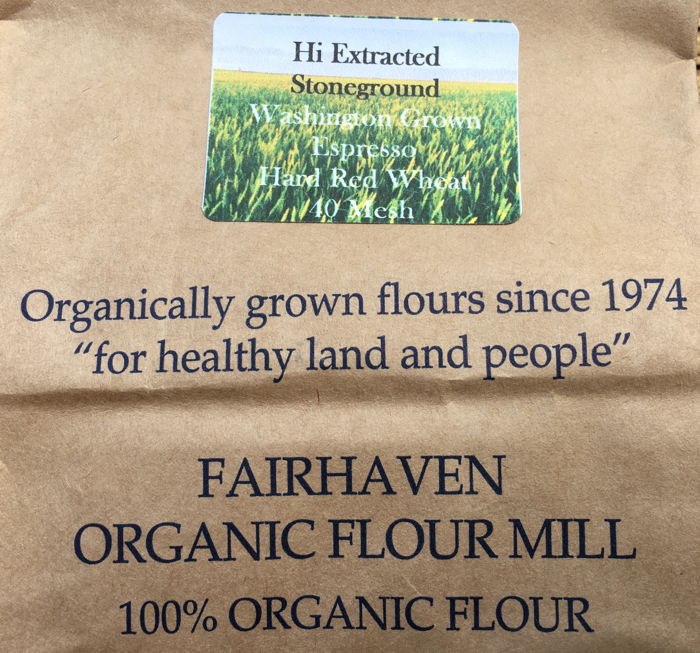
According to Steve Jones of the Washington State University Bread Lab in Mount Vernon, in the 1800s, the west coast of the US was a major wheat producing area of the country. There used to be 160 flour mills in Washington state, and more than 22,500 across the US. Now there are only about 200 flour mills for the entire country.
Fortunately, we have a local flour mill, Fairhaven Organic Flour Mill in Burlington. When I stopped in this week to buy some whole wheat flour, the miller, Kevin Christenson, gave me a sample of their Hi Extracted Stoneground Washington Grown Espresso Hard Red Wheat. He told me the wheat came from a nearby farm south of Mount Vernon.
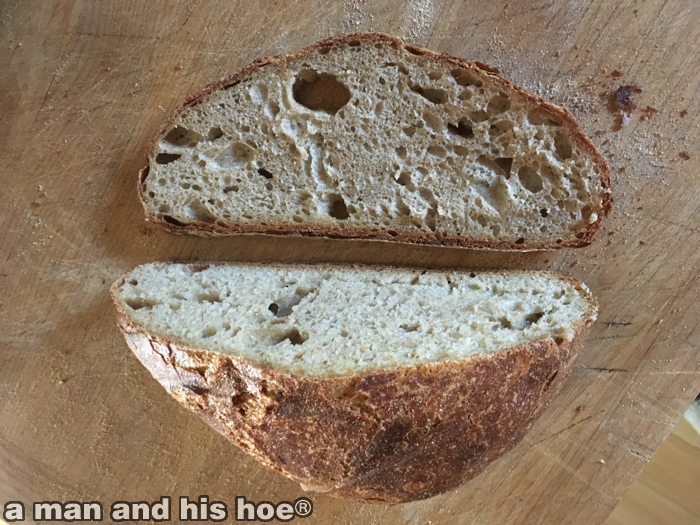
Yesterday I baked a loaf using this Espresso Hard Red Wheat, and we were very pleased with the bread. There isn’t much of it left today.
The term Hi Extracted means that most of the wheat kernel ends up in the flour. A kernel of wheat is made up of the bran, the germ, and the food for the growing plant. When milling wheat, millers usually remove the bran and the germ, and so they extract only a portion of the wheat kernel. The portion of the kernel which ends up in the flour, is called the extraction rate.
When you mill the entire kernel, you extract 100% of it, and end up with whole wheat flour. Kevin told me that the flour he gave me had an extraction rate of 85%, which means that some of the bran and germ are still in the flour. A typical bread flour has an extraction rate of 70% to 75%. You’ll find a more thorough explanation of flour extraction rates here: Tech. Note: High Extraction Flour
-
Planting Time Again
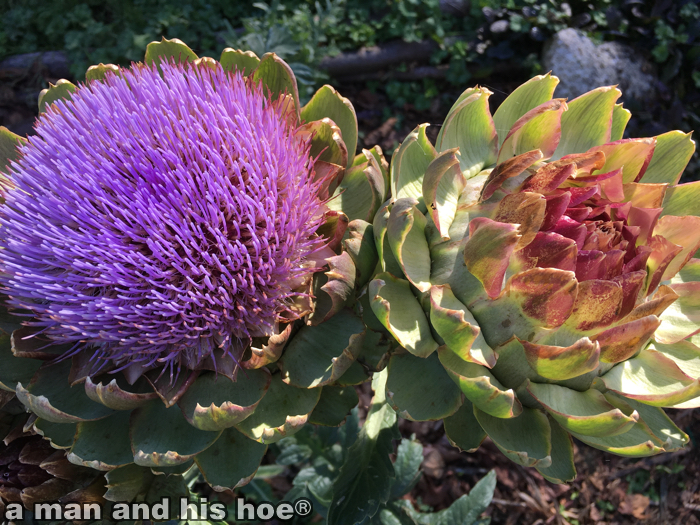
To be honest, there is rarely a time when planting ceases. There are just heavy planting times and light planting times. Upcoming October and November are heavy planting times so I might as well get a start on it. Which is why having blossoms in the garden is indispensable. If I’m on my knees planting, I want to be able to look up and see something beautiful, like these lovely artichoke blossoms.


Today, it’s a basket of elephant garlic that is going into the ground. This spring I saved plenty of elephant garlic so that I wouldn’t need to buy any to plant this fall. Self-replication is a feat of nature that is woefully under appreciated. What if you could buy shoes that were self-replicating? You’d only have to buy one or two pair, ever. When one got old, you’d set it aside and wait for it to grow two or three new pairs of shoes. Such shoes would be called magical. Why don’t we call our crops magical? They self-replicate year after year after year.
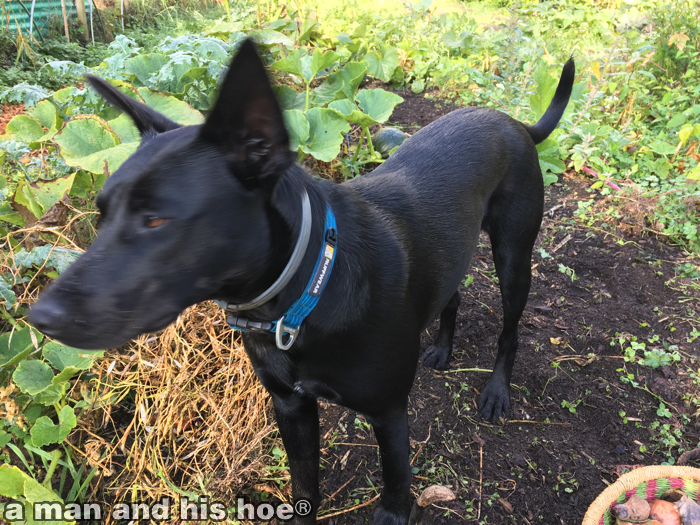

Deep in the garden, a Costata romanesco zucchini has grown to the size of a beached whale. Come next spring, the seeds of this fruit will self-replicate and take over the world if I let it. The gigantic leaves of the zucchini are on their way to becoming soil. Tired from soaking in sunlight all summer long, they are turning white with powdery mildew. Milk is effective at treating powdery mildew. Diluted ten to one with water, milk is as good as conventional fungicides and better than benomyl and fenarimol at treating powdery mildew. But, as it is time for these leaves to return to the earth, there is no point in prolonging their lifespan.
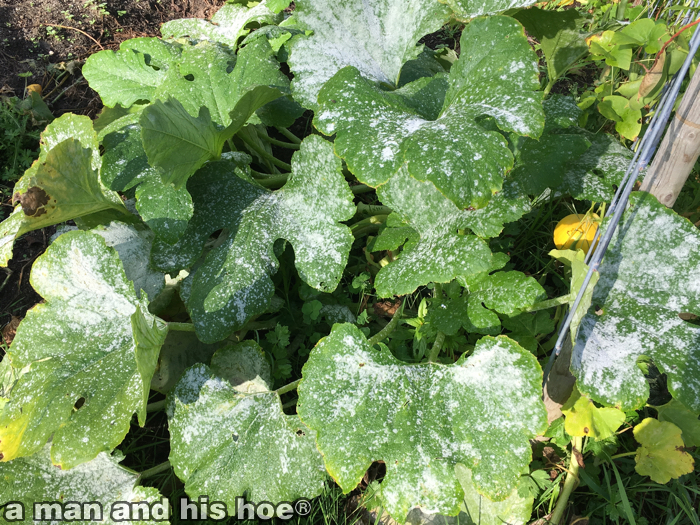
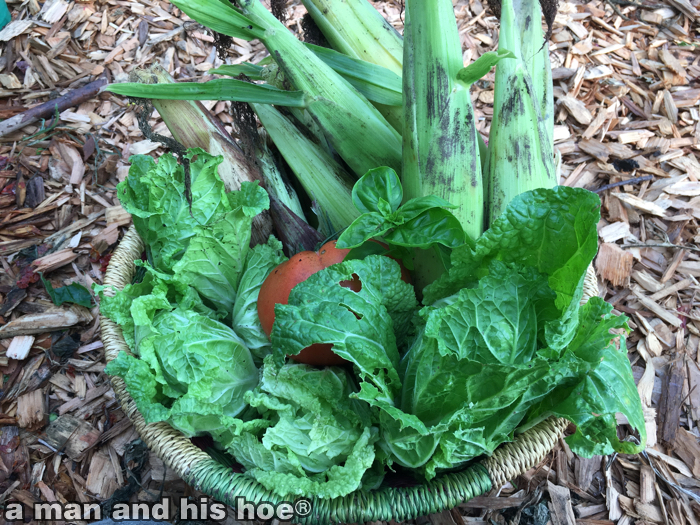
The rewards of planting are finding things to eat. Today there is corn, shoots of napa cabbage, tomato and basil to take into the kitchen for an early autumn feast. I’m sitting in the garden, soaking in the autumn sun, and listening to the buzzing of bees as I write. The tragedy of industrial food is how it has divorced us from nature. When you wander the vast aisles in the box stores picking out your food products, you hear no buzzing of bees, the whisper of the wind in the trees doesn’t tickle your years, the autumn sun doesn’t warm your cheeks, nor can you feel the verdant earth between your toes.
-
Floppy Ears
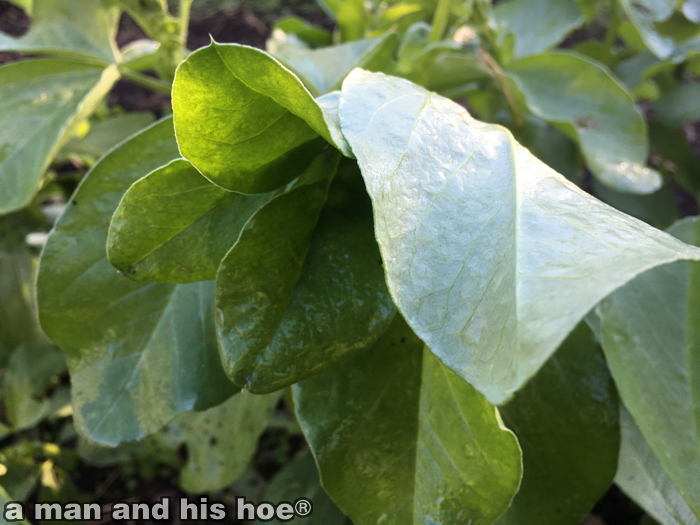
The fava beans are up, and this morning in the heavy dew their leaves are flopping over like droopy dog ears. Instead of waiting to eat their beans, you can cut the tops off the plants and use them as vegetables in stir fry dishes.
Some varieties of fava beans can overwinter in our cool winter. One winter they provided us with a steady supply of fresh greens into January, even when it was snowing, until a bitter freeze did them in. I’ll be taking some to this Saturday’s Harvest Market and Food Swap at Belfast Feed Store, an annual event put on by Bow Little Market.
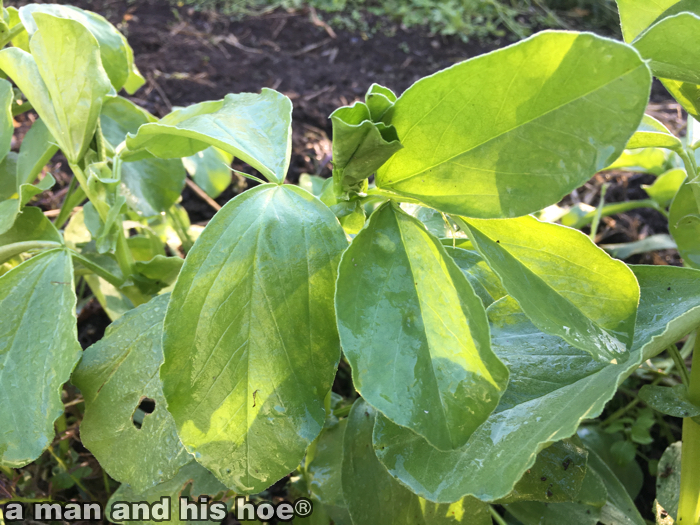
-
The First Casualty of Fall

Heading out to deliver this week’s eggs to Tweets, I ran into the first casualty of this fall. Today’s wind had knocked over an alder, and it was blocking the lane. Fortunately, it was light and easy to move. It was so rotten inside, that it was just waiting for a gust of wind to push it over.
-
Who Loves Artichoke Blooms?
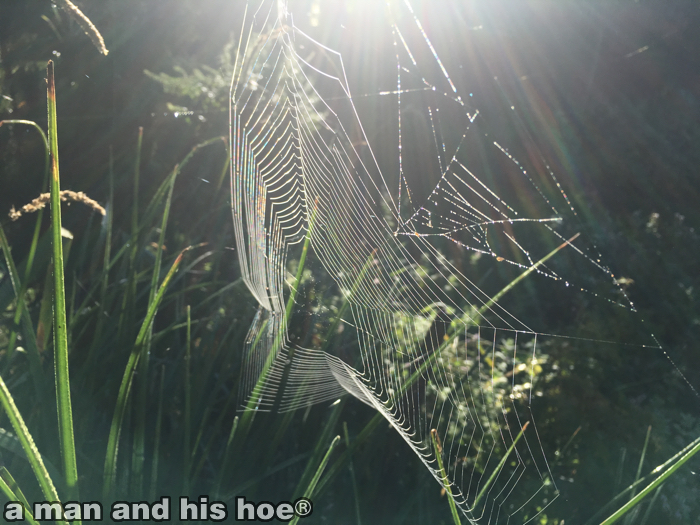
Spiders must hate foggy mornings. It makes their webs visible. There’s little chance of a bee or fly getting tangled up in a web when they sparkle like strings of diamonds.

Niji-hime 虹姫 is a mother whose path you dare not cross. She will pluck your eyes out to protect her chicks. She leads her chicks with her head held high. While I was taking these pictures, a belted kingfisher flew around high in the sky, making its loud, rattling cries. Niji-hime cocked her head, saw the noisy kingfisher, and told her chicks to be still. They froze and waited until she gave them the all clear call.
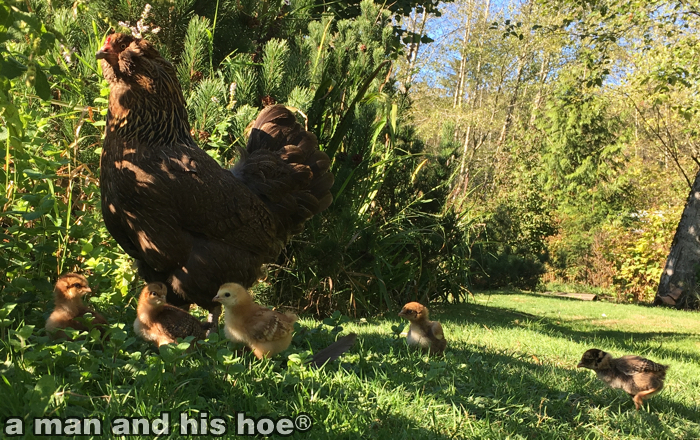
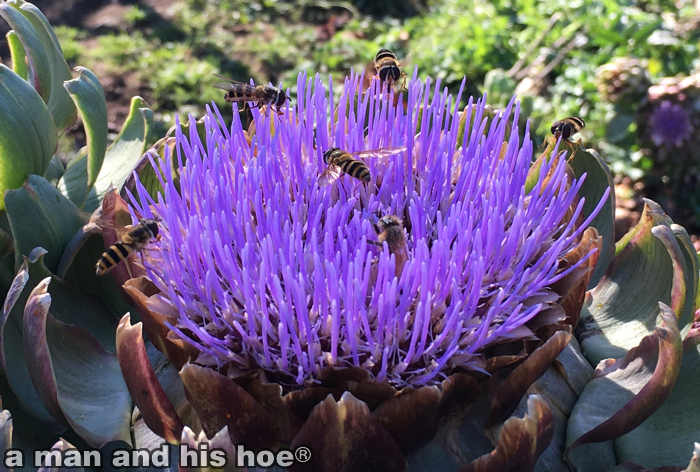
The bees have discovered an artichoke blossom. In droves they come to drink its nectar and gather its pollen. The next time you eat an artichoke, imagine how many bees would have come to feast on it if it had been left to bloom. I can imagine a worldwide movement arising, boycotting artichokes. “Don’t buy artichokes. Let them bloom and save the bees!” It could get ugly very fast. These movements have a way of spinning out of control. Restaurants would hide their artichoke dishes with lids so that their customers could savor artichokes without being yelled at. Farmers would have to truck their artichokes to market in the middle of the night. Pity the poor politician caught nibbling an artichoke. There would be no chance of them winning an election. Farmers would rush to have their artichoke farms certified bee friendly by leaving thirty percent of the artichokes on their plants to bloom. Want to make bees happy? Plant an artichoke and let it bloom.
[wpvideo PHLofVYU]